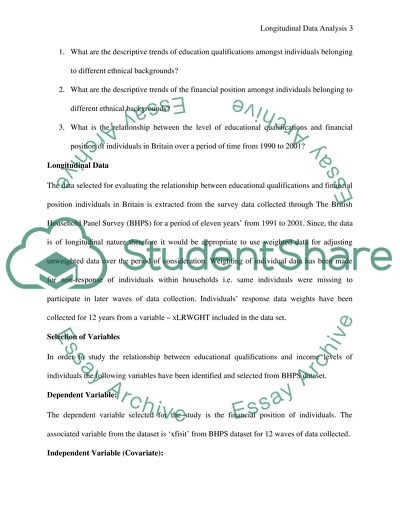Cite this document
(“Longitudinal Data Analysis Essay Example | Topics and Well Written Essays - 3500 words”, n.d.)
Longitudinal Data Analysis Essay Example | Topics and Well Written Essays - 3500 words. Retrieved from https://studentshare.org/statistics/1456450-longitudinal-data-analysis
Longitudinal Data Analysis Essay Example | Topics and Well Written Essays - 3500 words. Retrieved from https://studentshare.org/statistics/1456450-longitudinal-data-analysis
(Longitudinal Data Analysis Essay Example | Topics and Well Written Essays - 3500 Words)
Longitudinal Data Analysis Essay Example | Topics and Well Written Essays - 3500 Words. https://studentshare.org/statistics/1456450-longitudinal-data-analysis.
Longitudinal Data Analysis Essay Example | Topics and Well Written Essays - 3500 Words. https://studentshare.org/statistics/1456450-longitudinal-data-analysis.
“Longitudinal Data Analysis Essay Example | Topics and Well Written Essays - 3500 Words”, n.d. https://studentshare.org/statistics/1456450-longitudinal-data-analysis.


